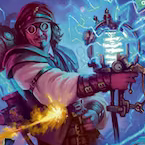If Flesh and Blood history has taught me anything, it's that there's always potential in the ability to play cards at instant speed. Give it enough time, and the heroes that are capable of this feat will always rise to the top. It's been true of Briar with Spellbound Creepers, Prism with Light auras, Iyslander with blue Ice cards, and Kano with... well, everything he does. While they may not look like much on the outset, effects that free cards from the constraints of the action point system eventually ascend to meta relevance.
Such has been the case with Dash I/O. Like many of the heroes above, Dash I/O didn't debut at the top of the charts. Instead, she presented the player base with a puzzle to be solved: how can you maximize her ability to play items off the top of your deck without drowning in non-blocking cards?

Dedicated Mechanologist players have been making progress with Dash I/O since her debut in Bright Lights last fall, and there have been occasional glimmers along the way. In November, Thomas Dowling took 2nd at the Calling: Melbourne with an aggressive Boom Grenade build. Connor Bryant followed a different path one week later at Battle Hardened: Pittsburgh, coming in at 5th with a more intricate design. A pivot to Bios Update gave I/O a 1st place win piloted by Franco Regalado at a Road to Nationals event in Singapore last March. And just a few weeks back, Thomas Preyer claimed 5th at the Calling: Warsaw with the addition of a Fuel Injector.
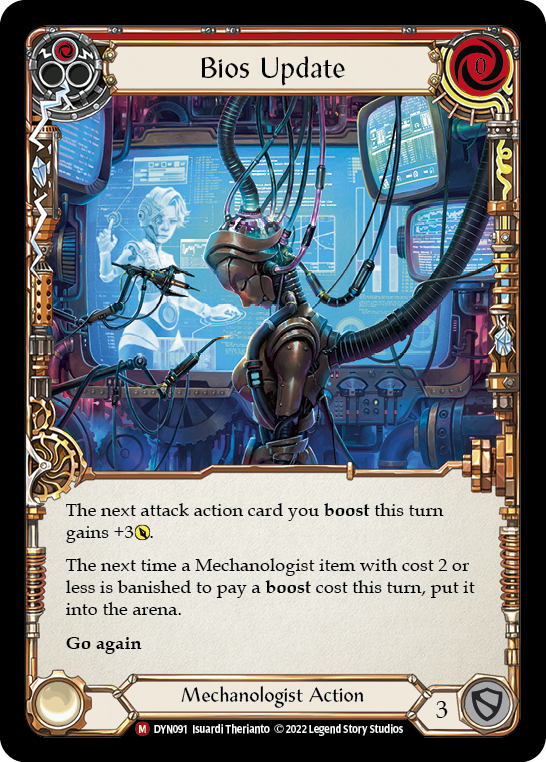
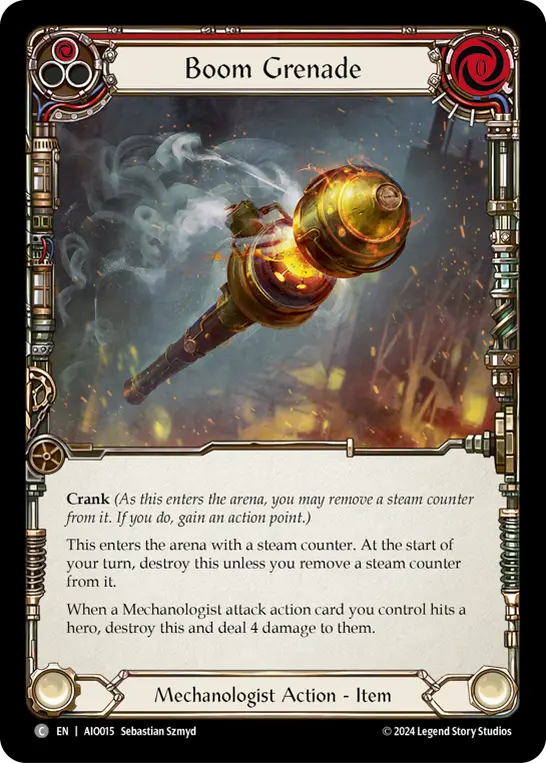
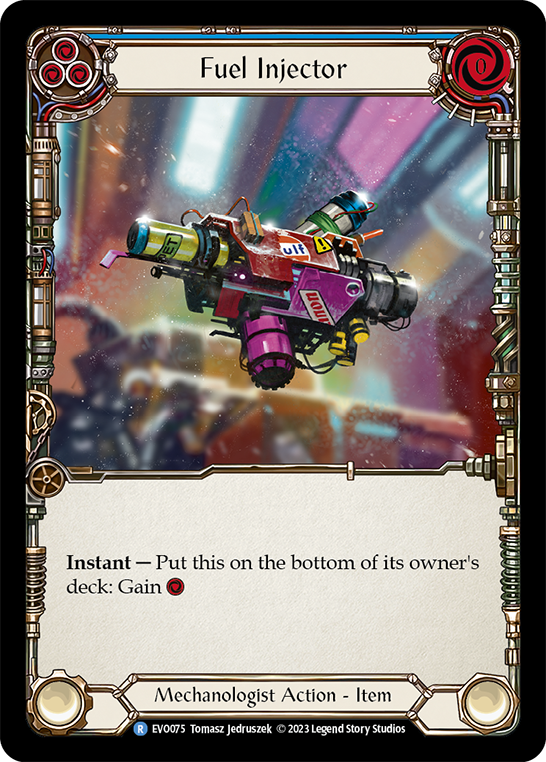
Reviewing these lists, you can follow the through-line at one development after another produces more refined versions of Dash I/O. Underperforming elements are abandoned, new tech is introduced, and the deck keeps moving forward, constantly pursuing that perfect state.
And yet, Dash I/O currently sits at 20th on the Living Legend leaderboard, with only 17 points to her name after nearly 8 months. She holds the least Living Legend points of the collectively-underperforming Bright Lights heroes, ranking beneath long-suffering heroes like Riptide and Levia, as well as new releases like Victor and Kassai. She has only 2 more points than Vynnset, and 4 more than Arakni.
What gives? Well, in part, Dash is competing with herself - the Inventor Extraordinaire is currently leading the Living Legend charts at 810, and offers internal competition for anyone considering the Mech class. There's also the not-insignificant appeal of the other Mechanologists, Teklovossen and Maxx; the former has an unparalleled closer, while the latter steals Dash's boost gameplan.
But I think the biggest setback for I/O has been the lack of a progressive strategy, that 'pivot' moment where you go from zero to sixty, if you will. Items have long fit with a gameplay model of 'building up to the late game', and Dash I/O has been noticeably lacking in that department, especially when compared to her original Arcane Rising design.
Enter: The Mechanoid
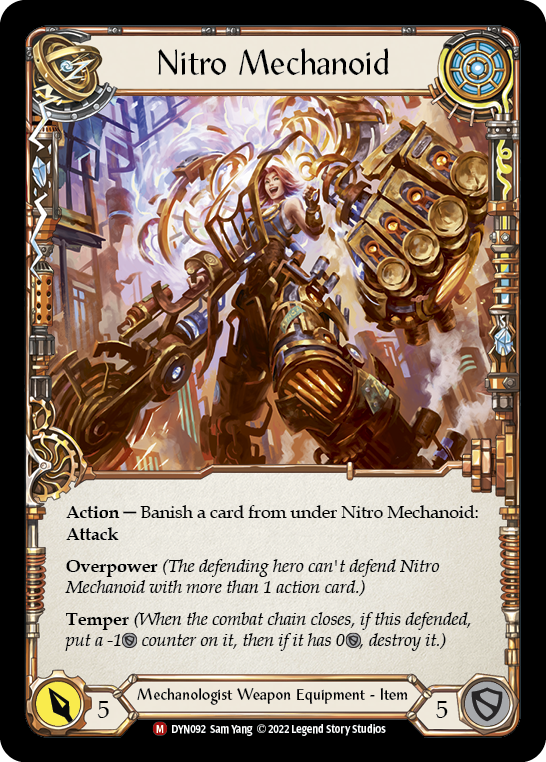
If you've heard this one before, it's because I'm a bit of a Nitro Mechanoid addict. From the moment the card was revealed in Dynasty, I viewed it as a singularity within the game: a game-defining experience that would create memorable moments like no other. (Ironically, the card that directly challenges the uniqueness of Nitro Mechanoid is, in fact, named Singularity.) Whatever it took, I was going to put Dash in that mech suit. To date, my Marvel Nitro Mechanoid - my splurge souvenir from the Calling: Indianapolis - is the single card I've spent the most on. Chris Borecky laid out the tenets for assembling and closing with the Mechanoid; and when Bright Lights gave us Dash I/O, I quickly set to work on integrating the package for a deck that could play Hyper Drivers at instant speed and avoid boosting away our critical pieces.
It was hard to claim that Mechanoid I/O was a legitimate deck concept, however. Dash I/O had yet to even prove herself as a viable hero, and here was a divergent build for her that basically ignored the refinement and development shown in her few major tournament successes. The Nitro Mechanoid itself had also become the providence of Maxx Nitro, who -beyond sharing a naming convention with the battlesuit - could churn out the prerequisite Hyper Drivers via his hero power. It was an obvious pairing, and still is.
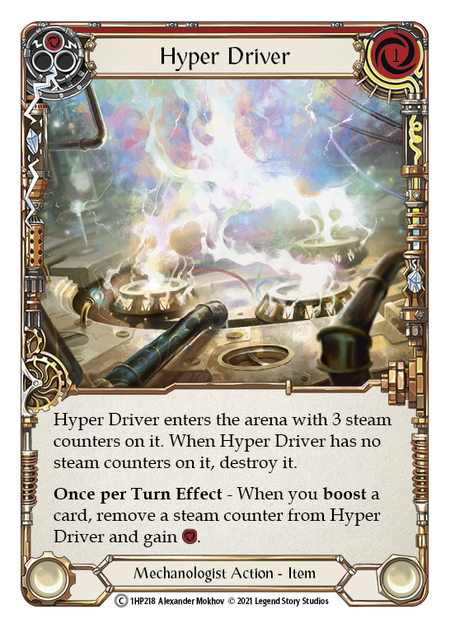
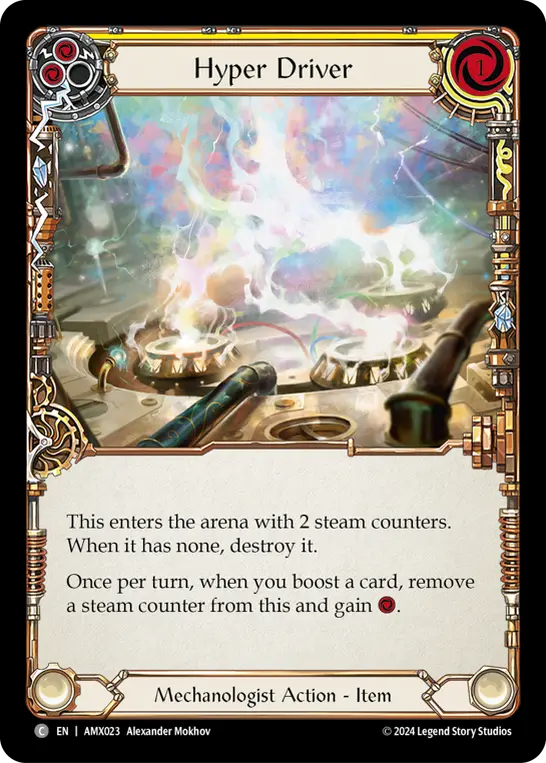
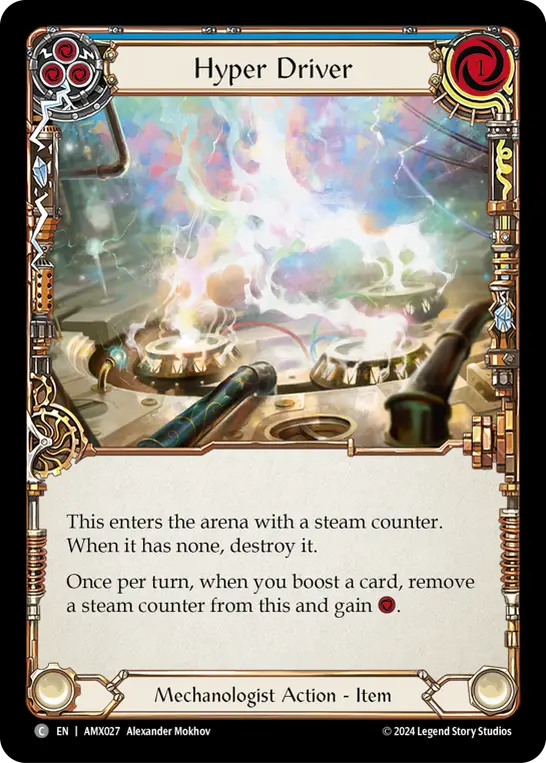
But just because Arakni has direct synergy with Surgical Extraction doesn't mean successful Uzuri builds don't use it. If Nitro Mechanoid is a strong finisher, it's legitimate to explore its potential in Dash decks - and as I've done so, it's shown its potential to add purpose and threat to a deck that, without it, has felt less 'pedal to the metal' and more 'cruise control'.
The argument in favor of Dash here is her ease of playing out the key component: the Hyper Drivers themselves. As Nitro Mechanoid requires 8 pieces to assemble and 5 of them begin the game in play, the priority becomes finding, playing, and keeping those Hyper Drivers. That's easier said than done, as the core Mechanologist mechanic boost risks banishing them from the deck and burning through their steam counters once in play. But boost also helps us dig through our deck, seeking out the 3 Drivers (and Construct Nitro Mechanoid) we require.
Note: The ideal combo turn for Nitro Mechanoid is fueled by High Octane, which marks one more card we need to be watching for as we go. But arsenal-ing High Octane can cut us off from the other cards we need: namely, Construct Nitro Mechanoid itself and a 0-cost boost. Despite its massive impact, you probably want to pitch High Octane if you find it before you've pivoted, banking on the next copies you find.
This problem isn't unique to Dash I/O; Maxx suffers from it too. But the heroes answer the problem in different ways. For Maxx, the answer is simply found in his inherent ability to generate Hyper Drivers - a constant push-and-pull between creation and destruction. For Dash, it's about phases of a game.
- Because Dash has constant knowledge of the top of her deck, you can boost confidently as the game opens, seeking out that first Hyper Driver. The moment you spot one on the top of your deck, I/O can play it out at instant speed, and shift gears into phase 2.
- Once Dash has a single Hyper Driver in play, she's now on the path toward the Mechanoid, and our decisions are now based on that goal. Blocking becomes a priority - we'll make up for low damage output once the mech suit is equipped - and the state of our Hyper Driver(s) on board dictate whether or not boosting is even an option. (We typically have 1 or 2 turns of boosting available as we amass our Drivers, so if you find yourself with a great hand and a disposable top-of-deck, go all in and get some resources out of your investment.) As before, playing Hyper Drivers from the top of the deck is ideal, as it doesn't use an action point; but at this point, we're willing to block with 2 cards, load the pistol, and play out a Hyper Driver.
- Once you have all your pieces, play out the Mechanoid and we're in phase 3: the endgame. I'll just quote the aforementioned Chris Borecky here on the ideal transformation and beatdown...
- Play a boost card, generating 3 resources via Hyper Drivers; pay 1 to Teklo Foundry Heart to gain 2 more; then using the 4 resources, play out Construct Nitro Mechanoid.
- Start attacking and blocking efficiently with Nitro Mechanoid and your other cards until you find a High Octane. Make sure you have a good chunk of health remaining and set up a large hand.
- Play out High Octane and boost 3-4 times. This will result in gaining 4-5 action points, allowing you to swing Nitro Mechanoid for a total of 24-30 extra damage.
- Close out the game with the combo or by keeping up pressure with boost cards and getting over their defenses with additional overpowered Nitro Mechanoid attacks.
Phase-minded game plans can be incredibly consistent - and if your opponent isn't familiar with your gameplay transitions, they can lead to mis-plays on their part. In this case, we're opening as a go-wide deck, re-posturing as a block-and-build deck, and then closing with incredibly overpowering sequences of 2-4 attacks for 5-6 damage. Even if the play pattern is known and understood, sideboarding and equipment choices struggle to manage all 3 phases.
The weak link, however, was always going to be in finding the cards quickly enough. Once the first Hyper Driver is found, we're significantly constrained by the rules of phase 2: namely, that we can't boost, lest we burn out the steam in our Hyper Driver(s).
Unexpectedly, Part the Mistveil provided a multifaceted solution.
The Supercell Solution
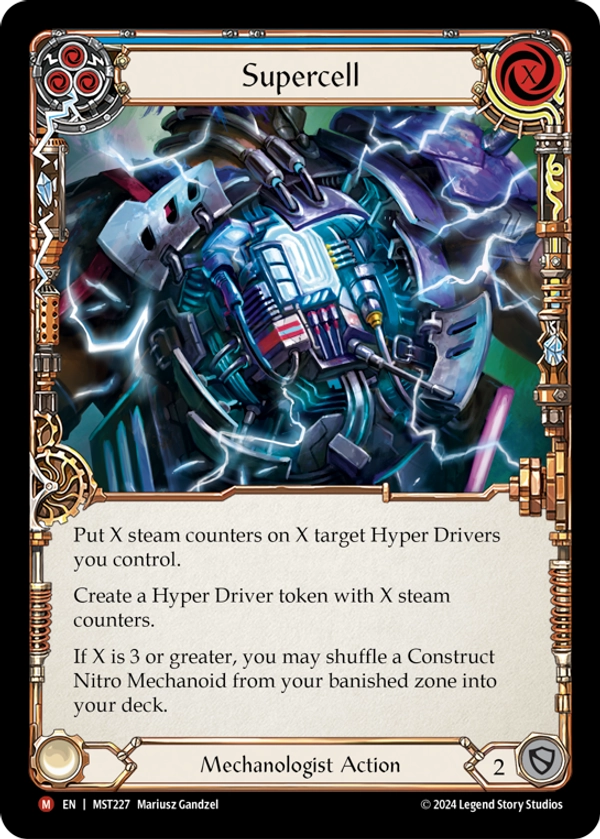
Let's look at the text of Supercell one line at a time.
- Put X steam counters on X target Hyper Drivers you control. X is going to get used a lot on this card - including as its resource cost - so let's be clear on how it's defined here. X is going to get decided by the 2nd use of it in this sentence: "...X target Hyper Drivers you control". X cannot be more than the number of Hyper Drivers you own, but it could be less. Most of the time, X is probably going to be 2 when we play it here - that's when its impact will be most significant. "Put X steam counters on..." does literally mean you're putting 2 steam counters on the 1st Hyper Driver and 2 steam counters on the 2nd, if X=2.
- Create a Hyper Driver token with X steam counters. So if we had 2 Hyper Drivers and paid 2 for Supercell, we now have 3 in play - and they've each got enough steam counters to boost once without destroying them.
- If X is 3 or greater, you may shuffle a Construct Nitro Mechanoid from your banished zone into your deck. Look, sometimes cards get banished when we don't intend it. Sometimes we have to pitch our Mechanoid early. Sometimes we've got the 3 Drivers we need, and Supercell is just keeping the deck moving. In those cases, bringing back a Mechanoid and shuffling your deck as a result can drastically improve your odds of finding the final piece of the puzzle.
Supercell does all these things by itself! It's a one-and-done solution for everything we're trying to do, and it adds 3 more cards to our list that successfully move our strategy forward.
By making the Mechanoid plan more consistent, we're given the assurance we need to truly lean into it. And in turn, leaning into the Mechanoid plan improves its performance. Previously, we had to keep our deck marginally functional for the games where we can't find all the pieces; now, we can mimic the playstyle of pitch stacking heroes as we focus on longevity until the closer comes together.
This is gameplay uniquely suited to Dash I/O, whose access to a 5th card on the top of your deck lets you find your cards faster, and whose action point manipulation via Crank allows her to sidestep boost when we can't afford to burn cards or steam counters. Cards like Dissolving Shield and Mini Forcefield can increase our longevity, even against dominate and arcane damage. And of course, Dash has the remarkable Spark of Genius to locate that elusive 3rd Hyper Driver.
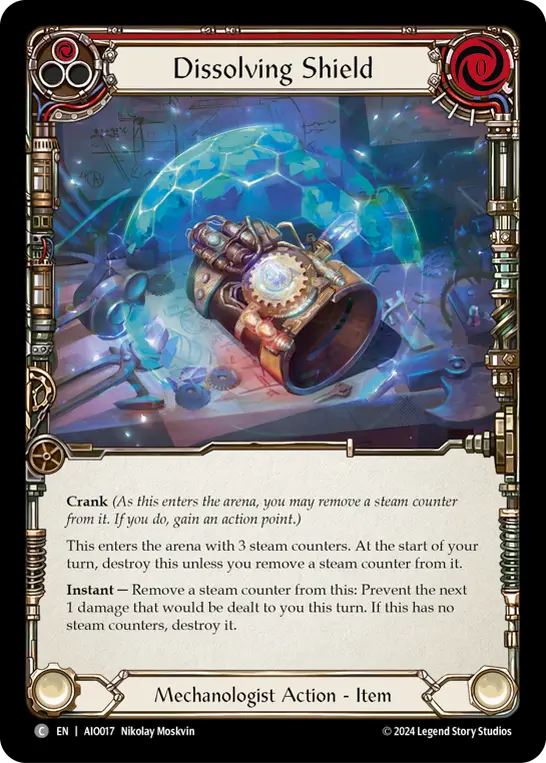
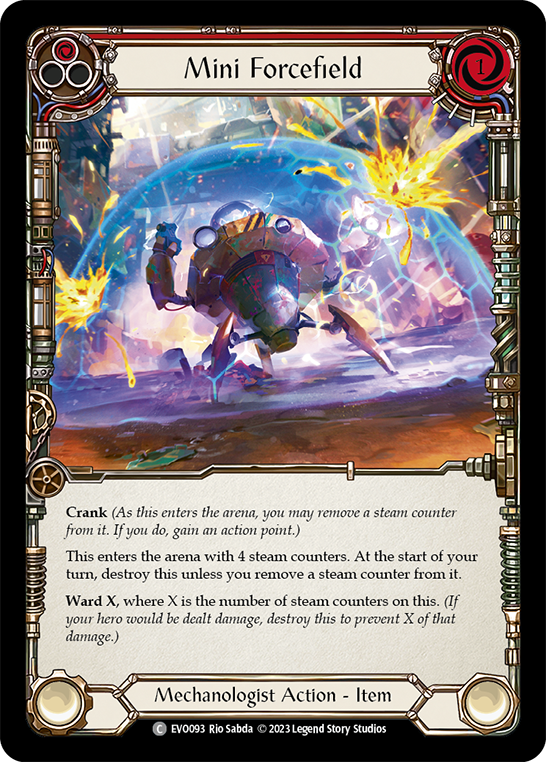
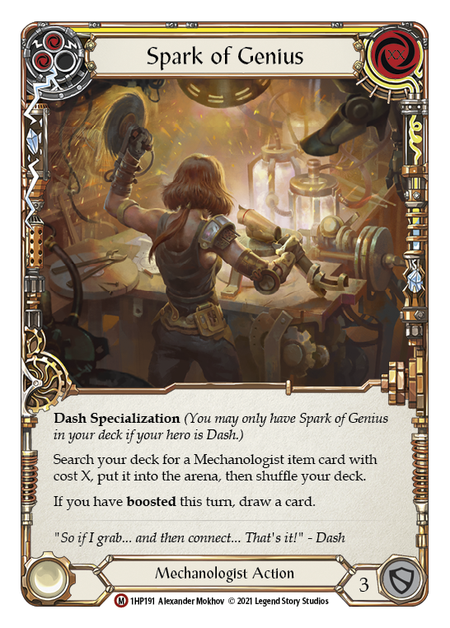
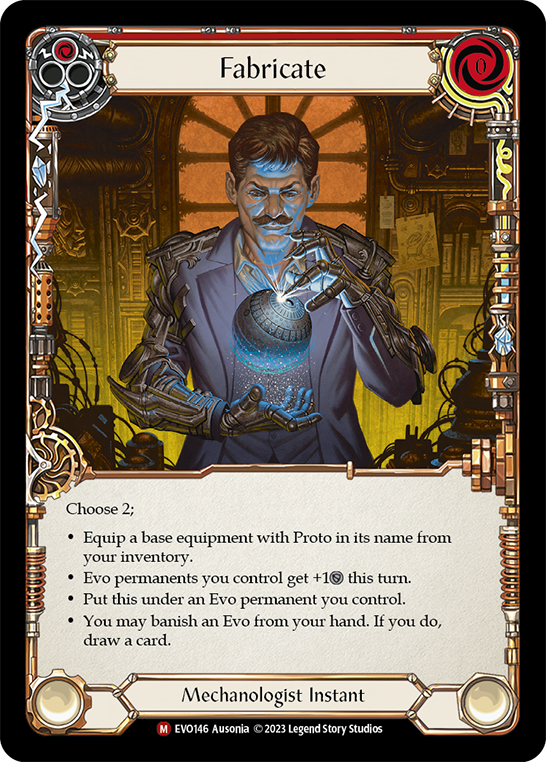
The primary risk she'll face is equipment destruction. Thankfully, Mechanologists have durable battleworn equipment and Fabricate to replace pieces in a pinch. This may become an essential sideboarding tool if equipment destruction becomes more widespread. Be careful using it to defend - there are classes (like Assassin and Ninja) who are capable of banishing or destroying it on the combat chain!
Do I believe Mechanoid I/O is going to be the next top tier deck in FAB? Probably not. As combo decks go, it leaves a lot of room for counterplay and achieving the combo doesn't guarantee a win the same way that Kano or even Boltyn does. But Mechanologists are uniquely suited to pivoting strategies. Boost remains an optional ability, and boost cards don't pay the defensive penalty commonly seen with go again; as such, Mech can both go wide and block out, a rarity in the game. Mechanologists also have a toolbox of items that can be used to answer problematic elements in the meta. With Mechanoid, Dash I/O has something to work towards - and with that, I believe the deck can finally develop into something that asks questions of other decks in the meta, rather than spending all its time attempting to answer them.
As before, instant-speed play is poised to provide yet another hero with an angle to come at the meta from; and Supercell - the Luminaris, Angel's Glow of Dash I/O - has tied it all together.



